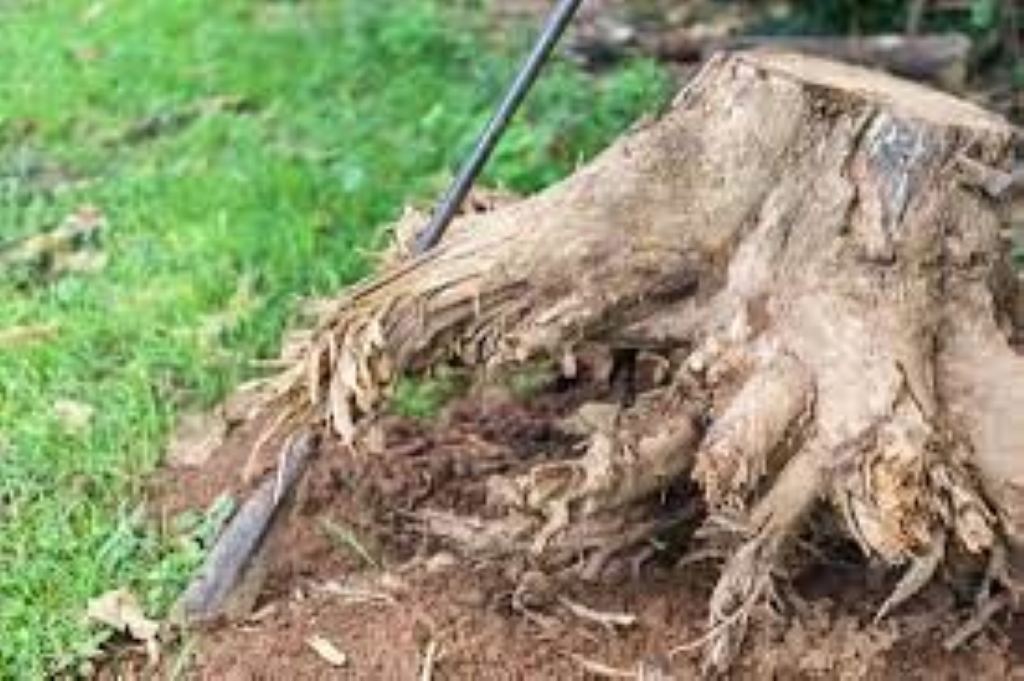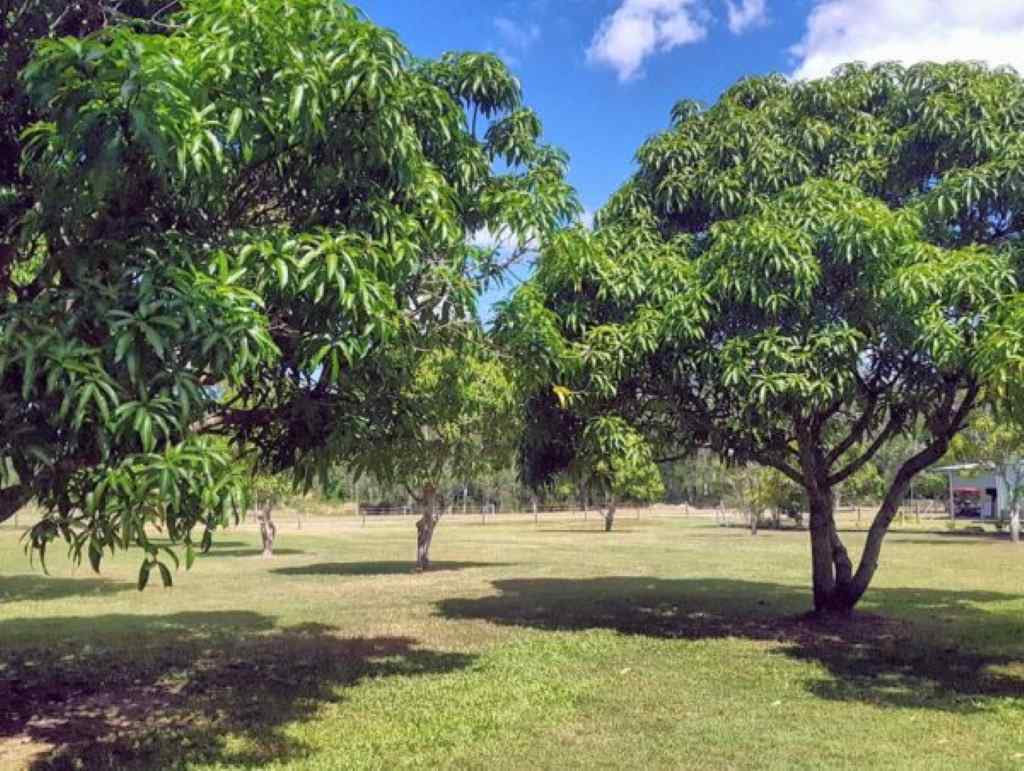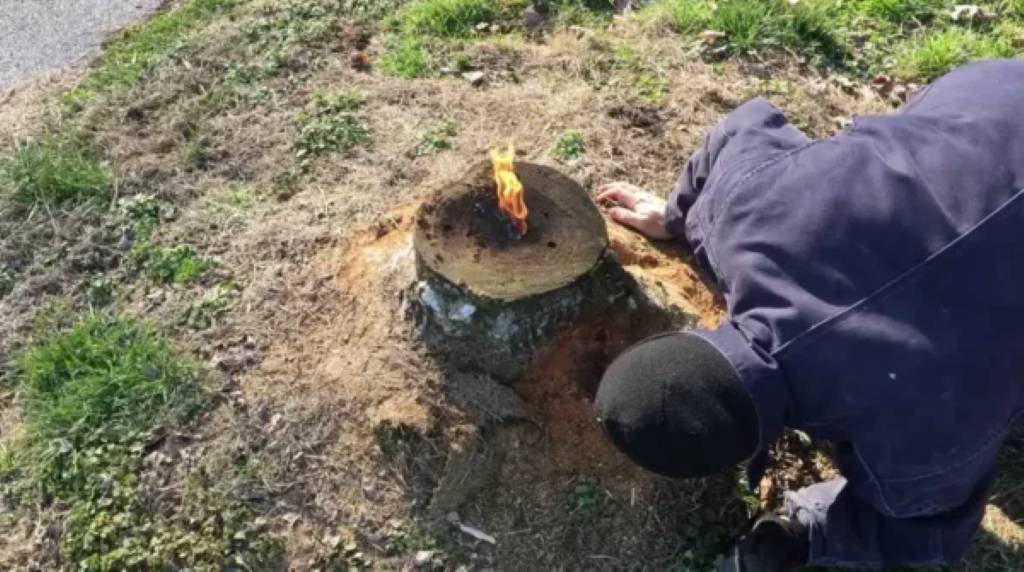In the aftermath of violent storms, property owners are frequently faced with a big dilemma: what to do with uprooted trees. These fallen giants can be a source of both fear and great opportunity. The decision to transplant or remove uprooted trees includes a careful balance of assessing their health, the level of damage, and the overall landscape goals. Each circumstance is unique, and understanding the subtleties of tree health, safety concerns, and long-term landscaping goals is critical to making an informed decision. This essential decision not only affects the beauty of your property, but it also addresses safety concerns and environmental concerns. In this conversation, we will look at the considerations that go into deciding whether to bring these fallen trees back to life or say goodbye, Does homeowners Insurance Cover Tree Removal.
Does Homeowners Insurance Cover Tree Removal?
Understanding insurance coverage for downed trees is critical for homeowners. During storms, trees can become a problem, posing threats to both property and personal safety. In the wake of a severe weather disaster, knowing the scope of home insurance coverage can make a significant difference. It ensures that you are financially covered if trees cause harm to your property, whether by damaging structures, limiting access, or disrupting utility services. Furthermore, understanding the limitations and exclusions in your policy allows you to make informed judgments about necessary tree maintenance and removal. Finally, a thorough understanding of your insurance coverage enables you to respond effectively to tree-related catastrophes, limit potential financial obligations, and protect your property and the well-being of your household.
Coverage for fallen trees
Homeowners insurance covers a variety of factors associated with fallen trees, particularly in the aftermath of storms and severe weather occurrences. Understanding the scope of coverage is critical for homeowners assessing potential financial assistance in the event of tree-related damage. Here are some highlights of the coverage:
A. Property Damage:
Homeowners insurance normally covers the cost of repairing or rebuilding damaged structures caused by falling trees. Covered structures may include the main home, garage, fence, shed, or other structures on the land. This policy is considered a basic component of home insurance since it protects your principal investments from the damage of fallen trees.
B. Blocked Access:
If a fallen tree limits access to your property, homeowners insurance may expand coverage to include the expense of removing the tree and clearing the path. Accessibility is not merely a question of convenience; it is also a major safety concern, particularly for emergency services and evacuations.
C. Utility Line Damage:
If a fallen tree damages utility lines, such as power lines or plumbing, homeowners insurance may cover not just the repair of the utility lines but also the expense of tree removal. Damage to utility lines can have a substantial impact on the habitability of your property, making this aspect of coverage critical to restoring normal living conditions.
D. Debris Removal:
Some home insurance policies include debris removal coverage, which covers the expense of clearing fallen trees and their related debris. While this coverage exists, it is critical to understand the limitations and concerns, as there may be specified monetary limits or situations under which this coverage applies.
Exclusions and Limitations
While home insurance does cover fallen trees in specific scenarios, there are crucial exceptions and limitations to be aware of. These exclusions specify the scenarios in which coverage may be rejected or limited:
A. Healthy vs. Diseased or Dead Trees:
Coverage distinctions frequently occur between healthy trees and trees that were dead, diseased, or injured prior to the storm.
A healthy tree is more likely to have its damage covered, but a tree with known pre-existing issues might not.
B. Tree Removal with Minimal Property Damage:
Homeowners insurance often does not cover the expense of removing a healthy tree that falls without causing damage to property, obstructing access, or disrupting utility services.
If a tree falls harmlessly in your yard, your insurance policy may not cover its removal.
C. Policy Limitations:
Specific coverage limitations may vary depending on your insurance provider and policy terms.
It’s critical to thoroughly read your policy documentation to determine the scope of coverage for fallen trees and any limitations on reimbursement amounts.
How to Determine Coverage
Determining the extent of your homeowners insurance coverage for fallen trees involves a few key steps. Having a clear understanding of your policy is crucial for making informed decisions in the event of tree-related damage. Here’s how to go about it:
A. Policy Review:
Begin by carefully evaluating your homeowners insurance policy. This paper includes important information on coverage, limits, and exclusions.
Pay particular attention to the parts on property damage, risks covered, and any clauses concerning tree-related accidents.
Pay particular attention to the parts on property damage, risks covered, and any clauses concerning tree-related accidents.
B. Damage Reporting:
When dealing with fallen tree damage, it’s important to carefully record the amount of the damage.
Take clear images of the fallen tree, any structural damage it caused, and any blocked access points.
Prepare written descriptions of the incident, including the date and time of the storm and the events leading up to the tree’s fall.
C. Making Contact with Your Insurance Company:
If you experience tree damage, contact your insurance company as soon as possible.
Give them your documentation, including images and written descriptions.
Inquire about your policy’s coverage and the claims process specifically.
D. Consult an Insurance Expert:
Consider talking with an insurance professional or agent if you have any questions or concerns about your policy or the claims procedure.
They can answer your questions, walk you through the claims process, and make sure you’re doing everything you can to maximize your coverage.
E. Tree Health Evaluation and Pre-Existing Conditions:
Prepare to explain the health and condition of the tree prior to the storm when filing a claim for fallen trees.
Insurance companies may ask whether the tree was healthy, diseased, or dead prior to the incident, as this can affect coverage eligibility.
Does homeowners insurance cover root damage?
In general, standard homeowners insurance does not cover tree root damage because it is considered a gradual issue related to property upkeep rather than a sudden and unexpected event. Tree root damage typically develops over time as roots stretch and spread, generating concerns such as entering sewage lines or causing foundation damage. Because the damage is gradual, it is not covered by most homeowners insurance policies.
Homeowners are responsible for maintaining their properties, which includes managing trees and their roots. This function requires doing frequent inspections to detect indicators of root-cause issues and taking preventive measures to address potential issues.
Related Posts:
FAQS
1. Is fallen tree removal covered under homeowners insurance?
Yes, homeowners insurance often covers fallen tree removal, although it depends on the circumstances and extent of the damage.
2. What kinds of harm to property are normally covered?
Homeowners insurance covers damage caused by falling trees on structures such as your house, garage, fence, and other structures.
3. Does insurance cover the removal of healthy trees that fall in my yard without causing damage?
In most cases, homeowners insurance does not cover the cost of removing healthy trees that fall without causing property damage.
4. What should I do if a tree falls in a storm?
Document the damage with photos and descriptions, study your insurance coverage, and then call your insurance provider to start the claims process.
Conclusion
Homeowners insurance may pay for tree removal after a storm, especially if there is damage to structures, obstructed access, or utility line problems. However, insurance specifics, such as exclusions and limitations, might differ, so understanding your coverage is critical. Prompt communication with your insurance provider and thorough documentation of damage are critical for successfully navigating the claims process.





